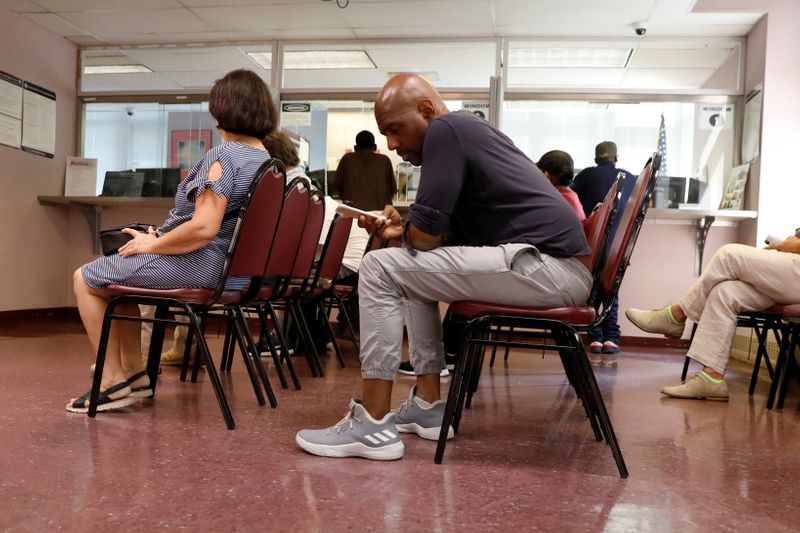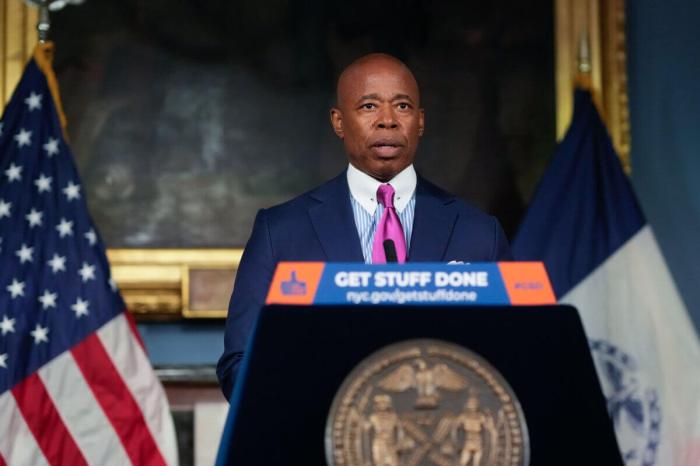(Reuters) – The U.S. government recently released its annual report on the health of Social Security. Not surprisingly, that was met with a slew of doomsday forecasts from pundits and media.
Social Security will soon be insolvent! Insolvency is coming years earlier than we thought! Benefit cuts are a real possibility!
These panicky predictions appear every year when the trustees overseeing Social Security issue their report on the financial health of the program, and this year was no exception. The pandemic-induced recession of 2020 added a new twist, since many forecasters were predicting before the report was released that COVID-19 would dramatically worsen the financial outlook for Social Security.
Guess what: it didn’t happen. But the U.S. Congress does need to address a long-range imbalance in Social Security finances – and lawmakers should expand benefits in a targeted way while they are at it.
Last year, the dramatic fall in employment and earnings in the second quarter of 2020 did translate into lower Federal Insurance Contributions Act (FICA) revenue paid into the system by workers and employers – temporarily. And the pandemic did worsen the financial health of Social Security, but just a bit. The trustees project that the reserves of the combined Social Security retirement and disability trust funds will be depleted in 2034 – one year earlier than predicted a year ago.
“We were all expecting substantially lower earnings and employment throughout the year,” said Stephen C. Goss, chief actuary of the Social Security Administration, during a webinar discussion of the trustee report convened last week by the National Academy of Social Insurance. “In fact, the earnings and employment came back more rapidly than we and others had anticipated.”
The causes of the long-range imbalance in Social Security have long been clear: rising benefit outlays expenses as the nation ages, and a dramatic decline in birth rates, which translates into fewer workers paying into the system over time.
Congress has known about these problems since the early 1990s. But the situation has been a stalemate because there has been no consensus about how to address the problem, especially with the rising political polarization of the last decade. Conservatives have pushed for a higher full-retirement age – which effectively cuts benefits by raising the bar for attaining your full benefit – while progressives developed a consensus over the past decade around new revenue and expansion.
Make no mistake, depletion of the trust funds in 2034 is an outcome to be avoided. At that point, absent action by Congress, a draconian, across-the-board benefit cut would be imposed on everyone – current and future retirees alike – of roughly 20%. But solutions are available.
“Congress will need to make choices,” said Goss. “We can either increase our revenue by about one-third, or reduce the scheduled benefits by that much, or do some combination of the two. But enacting the changes sooner than later allows more possibilities for the Congress to consider a more gradual phasing-in of changes, and more advanced notice to everyone who will be affected.”
KICK THE CAN OR TAKE ACTION
A higher full-retirement age, phased in over time, would be the most likely benefit cut. The argument here: we are all living longer, so waiting a bit longer for Social Security should be no problem. But in reality not everyone is living longer – the recent gains in longevity are not spread evenly across the population. Longevity has been stagnant or shrinking for people of color and lower-income Americans, and that makes higher retirement ages profoundly inequitable.
Lawmakers might just kick the can down the road until 2034 draws nearer – and if that happens, the odds are good there will be no benefit cuts at all. It is unlikely that Congress would impose benefit cuts at that point retroactively to current beneficiaries, and that means that significant cuts could be applied only to future beneficiaries. In that scenario, it would be difficult to avoid insolvency by relying on benefit cuts. New revenue would be the only possible path – either from tax increases or general government revenue.
If we take action sooner, averting trust-fund exhaustion is the place to start, but Congress also should use targeted benefit expansion as a way to address the rising income inequality, racial and gender gaps that plague retirement security. The aim should be to boost the amount of preretirement income that Social Security replaces, especially for lower- and middle-income households that rely on the program most.
Many expansion plans have been proposed over the past decade; the list includes benefit credits for people who take time off from paid work to provide caregiving to children or disabled adults, a more generous cost-of-living adjustment and higher benefit levels for widows. And we should reduce the reductions for claiming before full-retirement age. These reductions have become inequitable from an actuarial standpoint since they were enacted way back in the 1950s.
We can pay for these changes with modest increases in FICA rates, or through other means. For example, we could permit the trust funds to invest a small portion of their holdings in equities, or impose a tax on financial market transactions.
Reforming the program sooner than later would allow for a more thoughtful debate and discussion about possible solutions. And perhaps – just perhaps – action would extinguish the demagoguery that has fueled so much worry among the public about Social Security’s future.
(Writing by Mark Miller in Chicago; Editing by Matthew Lewis)















